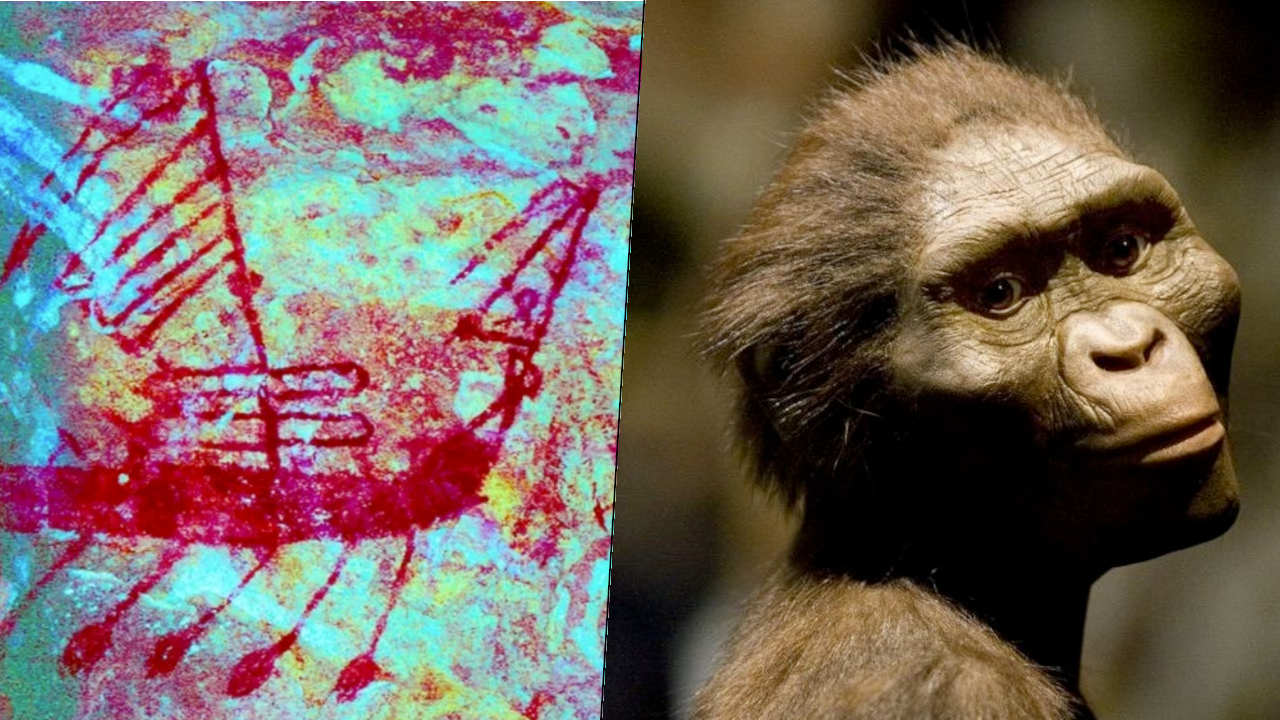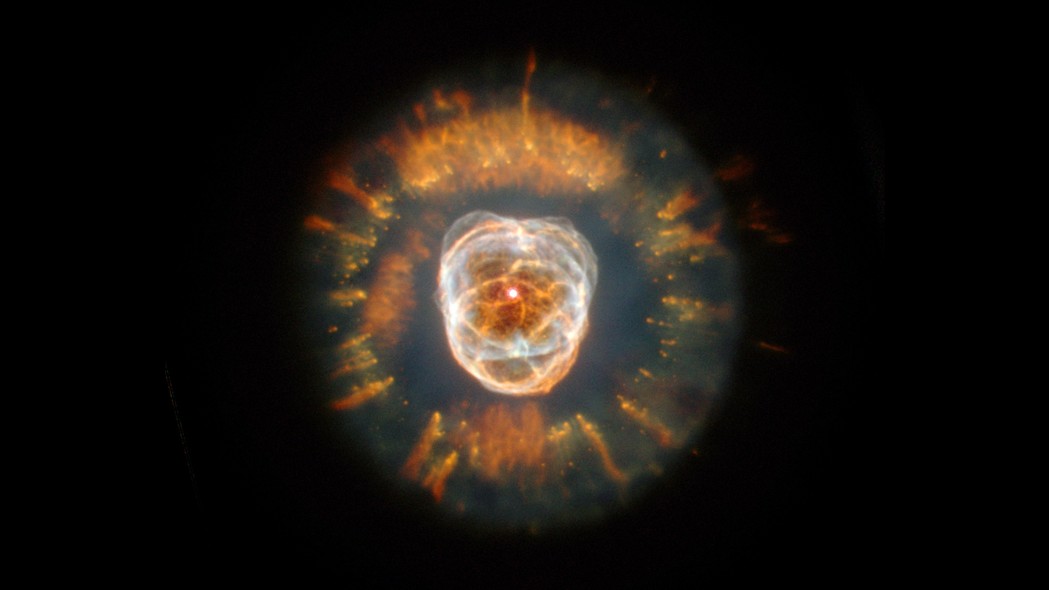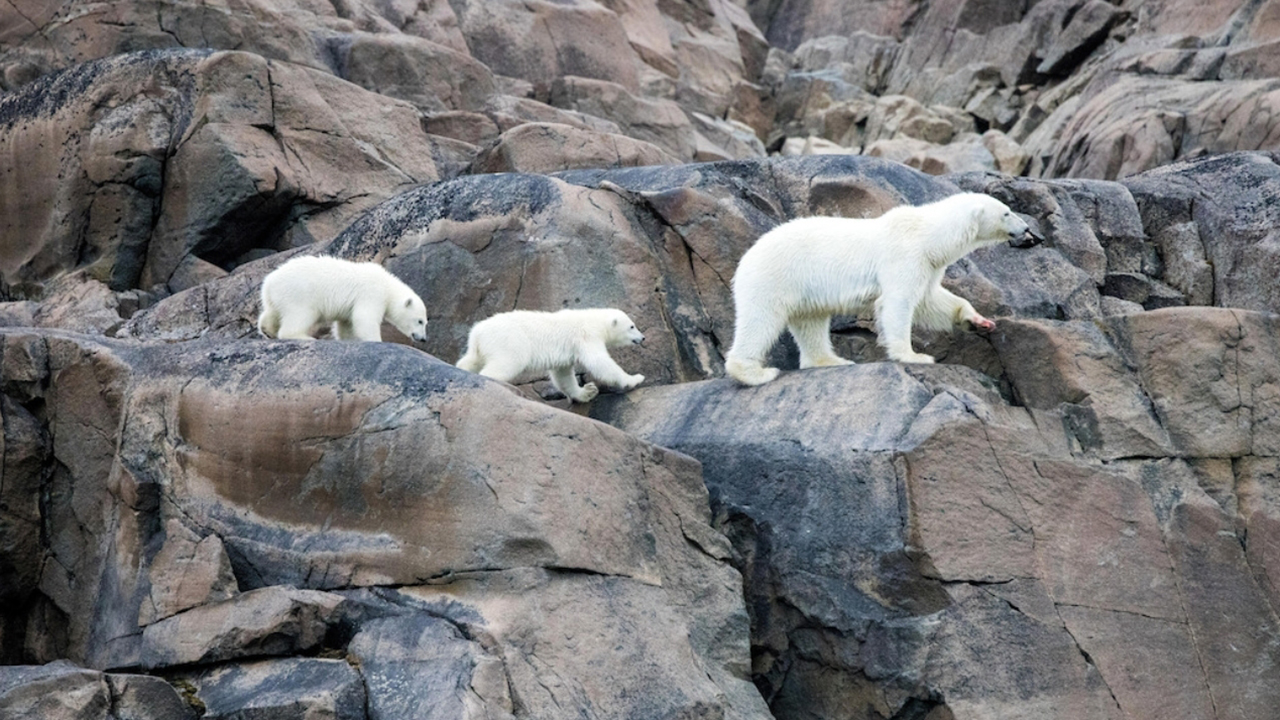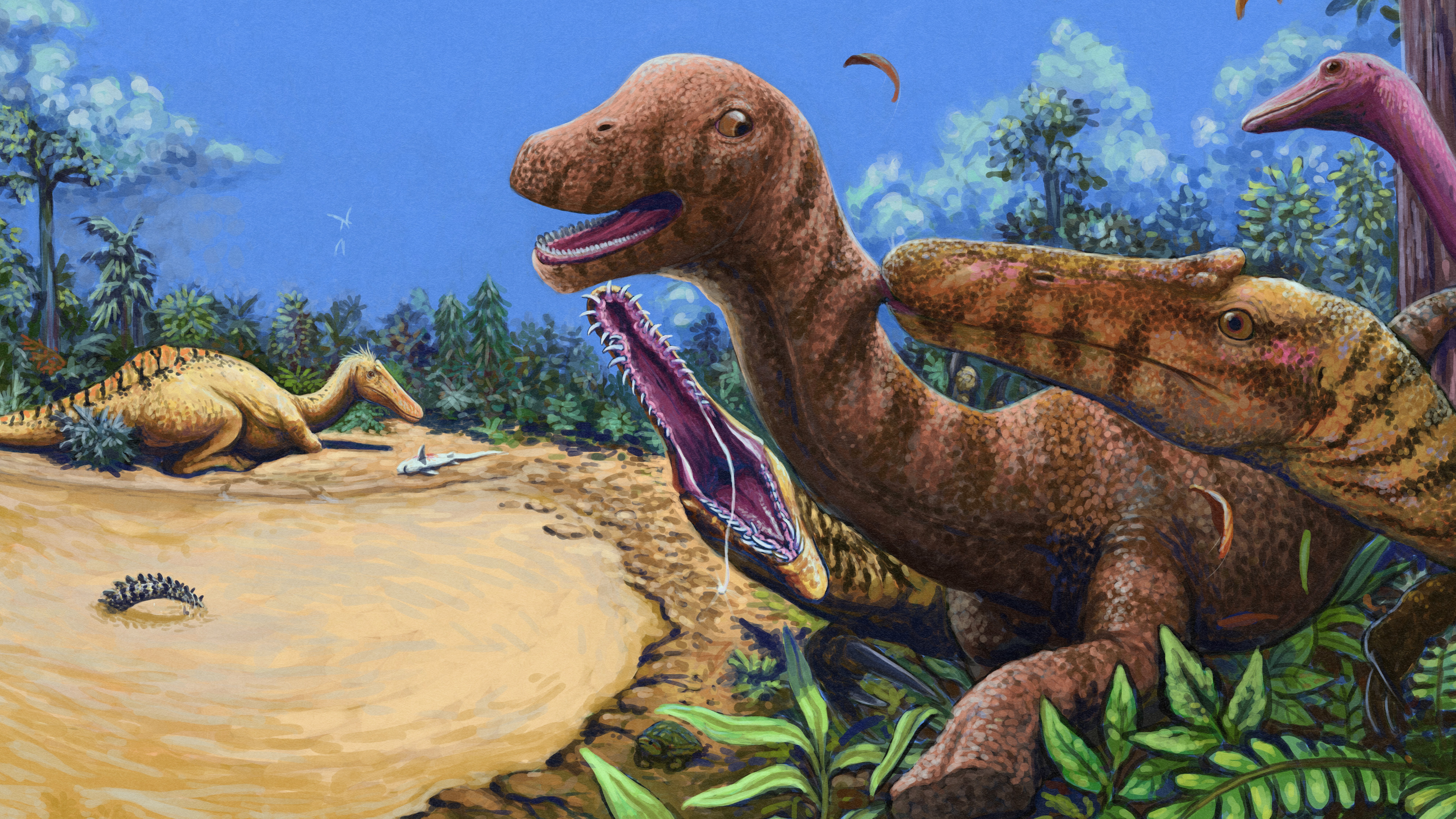Science news this week: Lucy’s legs and ancient rock art
June 17, 2023: Our weekly roundup of the latest science in the news, as well as a few fascinating articles to keep you entertained over the weekend.

This week in science news we pushed our understanding of human evolution even further back with the discovery of human shin bone fragments in the "Cave of the Monkeys." Found deep within a cave in Laos, it means Homo sapiens arrived in Southeast Asia as early as 86,000 years ago. We also learnt that "Lucy," the 3.2 million-year-old human ancestor, had massive leg muscles to stand up straight and climb trees. The finding bolsters a growing consensus among researchers that Australopithecus afarensis — the extinct species to which Lucy belongs — walked erect rather than with a chimpanzee-like, crouching waddle.
In much more recent human history — around 3,000 years ago to be specific — we unearthed a vast cemetery of Bronze Age burial mounds near Stonehenge and an "octagonal" sword so well preserved it shines. We may also have finally worked out what was being depicted in some mysterious rock art painted by Aboriginal people.
From space, astronomers found only their second "Tatooine world," an exoplanet that orbits multiple suns in the same star system, while also observing a collapsed star that is turning into a gigantic diamond before their eyes.
In health news, a gold-standard clinical trial suggests that "reanimated" hearts could be successfully transplanted, potentially expanding the donor pool, while we reported on an extraordinary case study about two children who developed insatiable hunger and severe obesity due to rare genetic mutations.
Finally, there has been plenty to fascinate us from the world of nature, such as the discovery of how photosynthesis starts in plants, Hawaii's erupting Kilauea volcano spewing "vog," and the endangered Masai giraffes inbreeding themselves to extinction. However, It was the stomach-churning video of a deer eating a snake that we couldn’t take our eyes off — why on earth would it do such a thing?
As always, there was plenty more science news than we could fit in here, so be sure to check Live Science regularly to stay updated, and follow us on Facebook, Twitter and Instagram. You can also sign up to our daily newsletter using the form below.
Picture of the week

Nebulas, which are both hubs of star birth and products of stars' demise, explode and transform with light and color as the stellar life cycle unfolds within them. These giant clouds of dust and gas that fill the space between stars have long captivated onlookers with their ethereal beauty. This week we picked out 25 of the most breathtaking nebulas in the universe.
Get the world’s most fascinating discoveries delivered straight to your inbox.
Weekend reading
- Stephen Hawking wanted scientists to "make black holes" on Earth. Physics says it's possible.
- Megalodon once dominated Earth's oceans. Despite vanishing from the fossil record millions of years ago, rumors persist that these gigantic sharks are still alive. Could they really be lurking somewhere in the ocean?
- "Dr. Deep Sea," the scientist who broke the record for the longest time living underwater, tells Live Science what he learned during his time beneath the waves.
- How octopuses could have helped avert the Cuban missile crisis.
- Koalas are both endangered and so plentiful they're causing problems. How'd that happen?
- "Snakes...why'd it have to be snakes?" If, like the famous archaeologist, you’re not such a fan of these slithering reptiles, you could pick up one of the other fantastic Lego Indiana Jones sets.
- It’s tick season — here are 10 ways to avoid being bitten by these tiny terrors
And finally…

After making waves in 2019 with an eight-episode first season, "Our Planet" is back with a second batch of episodes that will take viewers all over the globe to meet and learn about animal species and how they thrive and survive. Exclusively available to stream on Netflix, here’s everything you need to know about the series and where you can watch it.
And if you want a little taster of what "Our Planet II" has to offer, check out this video of a cannibal crab gobbling up baby crablets.

Alexander McNamara is the Editor-in-Chief at Live Science, and has more than 15 years’ experience in publishing at digital titles. In 2024 he was shortlisted for Editor of the Year at the Association of British Science Writers awards for his work at Live Science. He has previously worked at New Scientist and BBC Science Focus.


